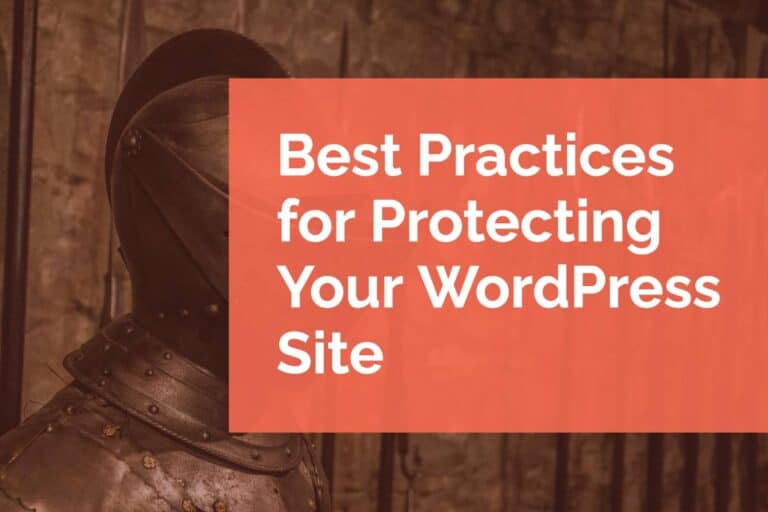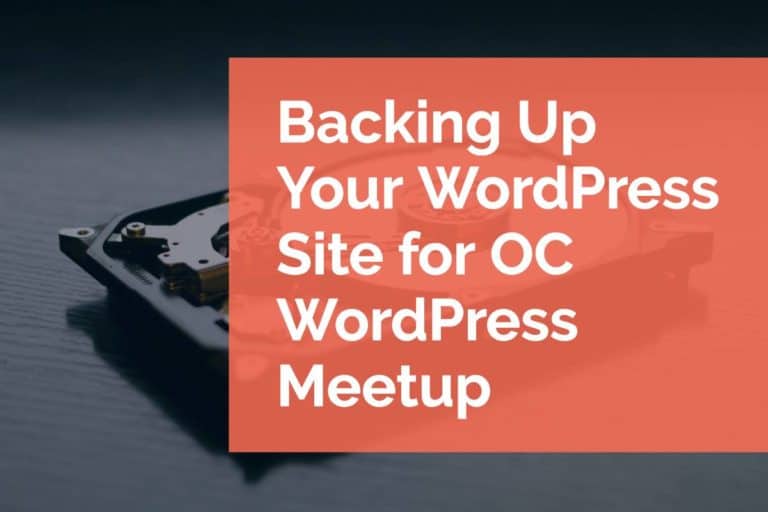Why Offsite Backups Are Essential for WordPress Sites
You’ve heard it before: “Always back up your website.”
It’s solid advice—but it’s only half the story.
Backing up your site is a good start. But where those backups live might be the most important (and most overlooked) detail in your website’s safety plan.
If your backups are stored in the same place as your website, like your hosting server, you’re leaving your business exposed to a major risk. Because when the host goes down, your backups can go with it.
Why Local Backups Aren’t Enough
Many WordPress users rely on their hosting provider’s built-in backups. And while it’s convenient, it’s also risky.
Here’s why:
– If your hosting company has a server crash, your backups may be lost along with your site.
– If your site is hacked, and the intruder gains access to your hosting environment, they can delete or corrupt your backups too.
– Some hosts only retain backups for a few days—or overwrite them without notice.
It’s like storing your spare house key inside your house. Not much help if you get locked out, right?
The Case for Offsite Storage
Offsite backups are stored separately from your live website—usually in a secure cloud environment like Amazon S3, Dropbox, or Google Drive. This separation creates a critical layer of protection.
Here’s what offsite backups give you:
– Disaster recovery: Even if your entire hosting server is wiped, your data is safe elsewhere.
– Redundancy: A good backup strategy includes multiple layers, onsite and offsite, for total coverage.
– Peace of mind: You can restore your site without relying on the same environment that just failed you.
Think of offsite storage like a safety deposit box for your website. Even if something happens at home (your server), your valuables (your data) are safe and sound somewhere else.
The DIY Route: Possible, But Painful
If you’re managing your WordPress backups yourself, setting up secure offsite storage isn’t impossible—but it does take time and vigilance.
Here’s what that process usually involves:
1. Choosing and installing a backup plugin that supports remote storage.
2. Connecting it to a cloud storage provider with the right credentials.
3. Scheduling regular backups (preferably daily or more).
4. Monitoring those backups to ensure they’re actually completing.
5. Managing storage limits so you don’t run out of space or get cut off.
Even if you get this right, you’ve got to keep checking in—because if something breaks or disconnects (and it happens), you might not know until it’s too late.
How PJ Update Solves It for You
That’s where PJ Update comes in.
We take backups seriously. That means:
– Your WordPress site is backed up 4 times a day.
– Every backup is stored securely in the cloud, completely separate from your hosting platform.
– We monitor the process to make sure backups run successfully and storage never becomes an issue.
– And most importantly, we know how to restore your site from those backups—fast.
You don’t need to install a plugin, fiddle with cloud credentials, or worry about retention settings. PJ Update handles all of it behind the scenes.
What This Means for You
It means that if the worst happens—your site gets hacked, your host crashes, or something just stops working—you’re not starting from scratch. You’ve got a clean, offsite backup ready to go. And a team that knows how to use it.
It also means no more late-night plugin updates or plugin misfires that leave you wondering, “Did I break something?”
We’ve got you.
Don’t Wait Until You’ve Lost Everything
Most people don’t think about backups—until they really need one.
Unfortunately, that’s often too late.
So here’s the question: If your site went down right now, how quickly could you recover?
And would your backup even be accessible?
With PJ Update, the answer is easy: “Quickly. And yes, it’s ready.”
Ready for real peace of mind?
Let PJ Update keep your backups safe, secure, and offsite—so your business stays protected, no matter what.
👉 Learn more and sign up today






